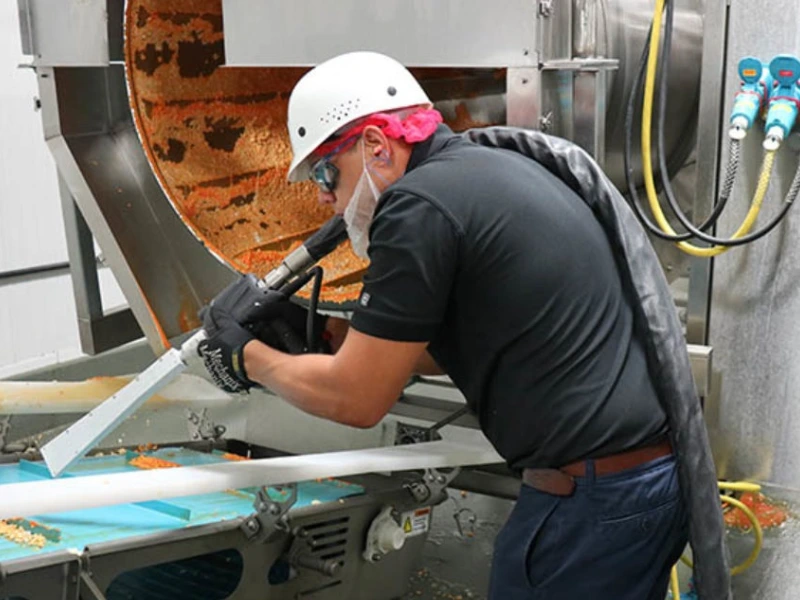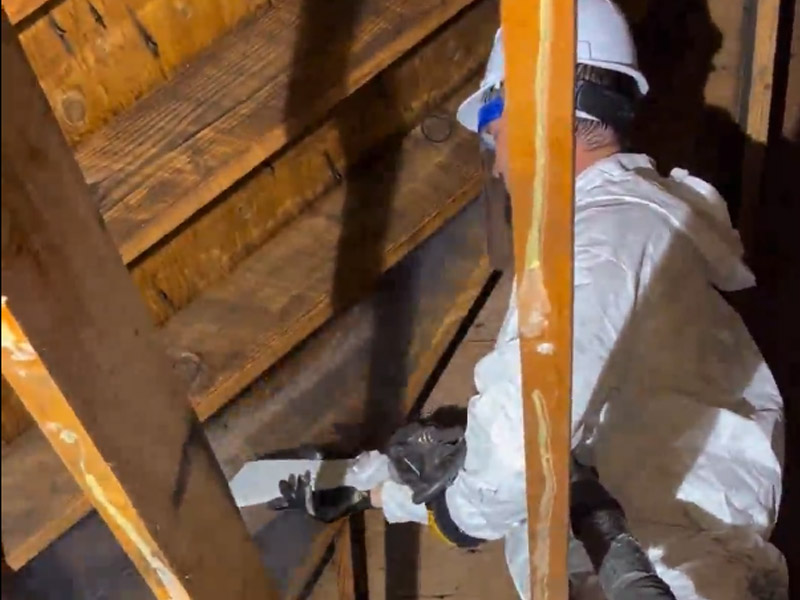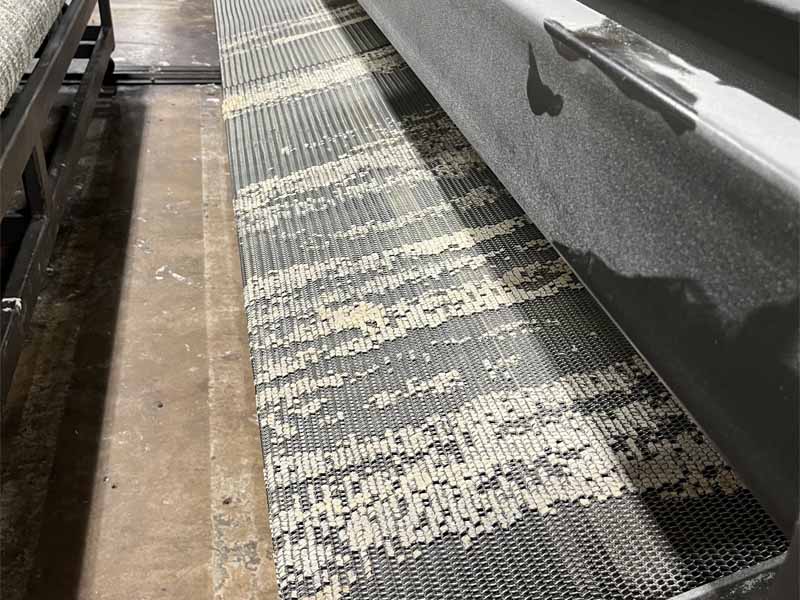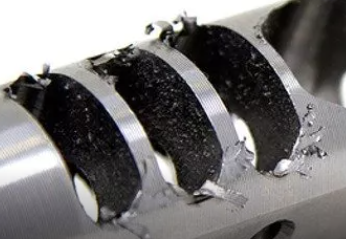Introduction: Dry ice is not only a powerful tool for industrial and commercial use but also a source of endless fun and learning. Its unique properties make it perfect for conducting exciting and educational science experiments at home. In this blog post, we’ll share some simple and safe dry ice experiments that you can try with your family or friends to explore the wonders of science.
1. Dry Ice Bubbles:
- Materials Needed: A bowl, warm water, dish soap, a small piece of dry ice, and a towel.
- Instructions: Add warm water to the bowl and a squirt of dish soap. Carefully add a small piece of dry ice and watch as bubbles filled with fog start to form. Gently scoop the bubbles with the towel to see them burst in a puff of smoke.
- Science Behind It: The dry ice sublimates into carbon dioxide gas, which gets trapped in the soapy water, forming bubbles filled with CO₂ and fog.
2. Screaming Spoon:
- Materials Needed: A metal spoon and a piece of dry ice.
- Instructions: Hold the metal spoon against the dry ice and listen as it produces a high-pitched screeching sound. Move the spoon around to change the sound’s pitch.
- Science Behind It: The sound is caused by rapid sublimation of the dry ice as it contacts the warmer spoon, creating vibrations and the characteristic “screaming” noise.
3. Dry Ice Smoke Ring Cannon:
- Materials Needed: A large plastic container with a small hole cut in the lid, warm water, and a piece of dry ice.
- Instructions: Fill the container with a few inches of warm water and add a piece of dry ice. Quickly place the lid on the container and gently tap the sides to produce smoke rings that shoot out of the hole.
- Science Behind It: As the dry ice sublimates, the expanding CO₂ gas escapes through the hole, creating smoke rings due to the circular motion and the pressure difference.
4. Color-Changing Dry Ice Solution:
- Materials Needed: Clear glass or plastic containers, universal pH indicator solution, warm water, and a piece of dry ice.
- Instructions: Fill the containers with warm water and add a few drops of the pH indicator. Carefully drop a piece of dry ice into each container and observe the color changes as the dry ice dissolves.
- Science Behind It: The dry ice releases CO₂ gas into the water, forming carbonic acid and lowering the pH, which is indicated by the color change.
Safety Tips for Dry Ice Experiments:
- Adult Supervision: Always have an adult present when handling dry ice, especially with children.
- Protective Gear: Use insulated gloves and goggles to protect against burns and splashes.
- Ventilation: Conduct experiments in a well-ventilated area to avoid CO₂ buildup.
Conclusion: Dry ice experiments are a fun and educational way to explore the properties of carbon dioxide and the science behind sublimation. These simple activities can spark curiosity and provide a hands-on learning experience. Always follow safety guidelines to ensure a safe and enjoyable time experimenting with dry ice.






